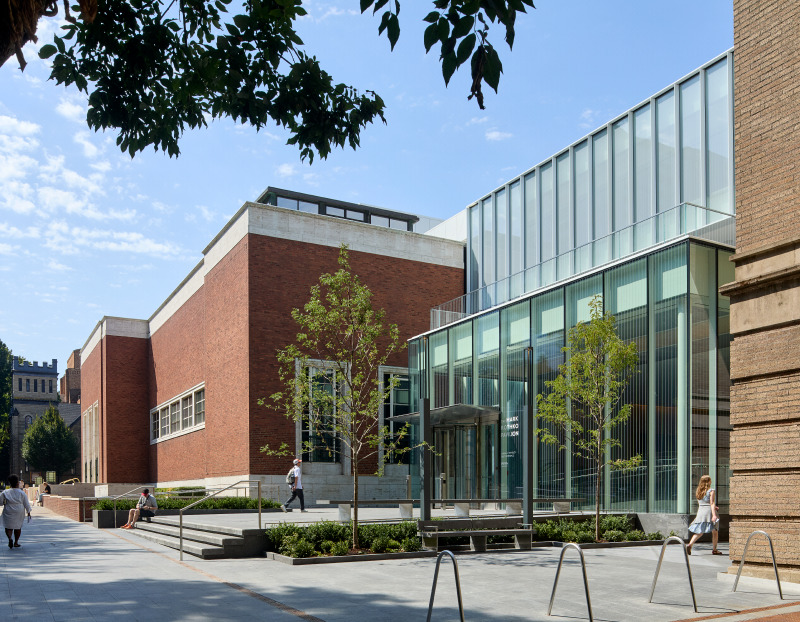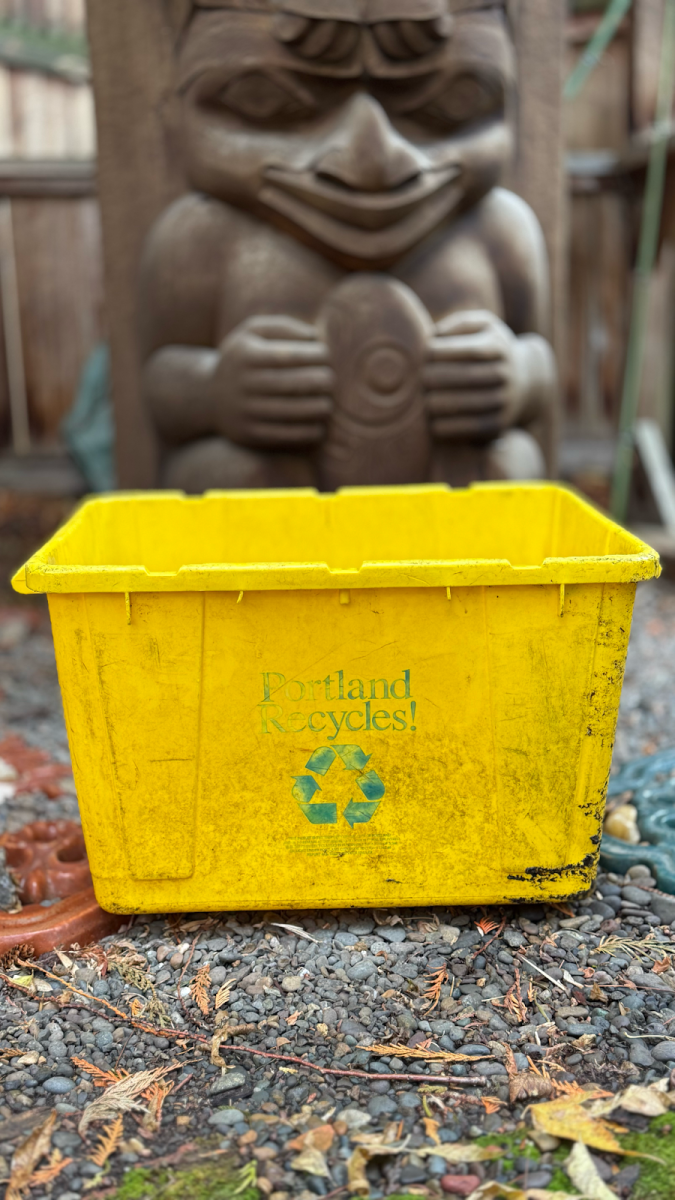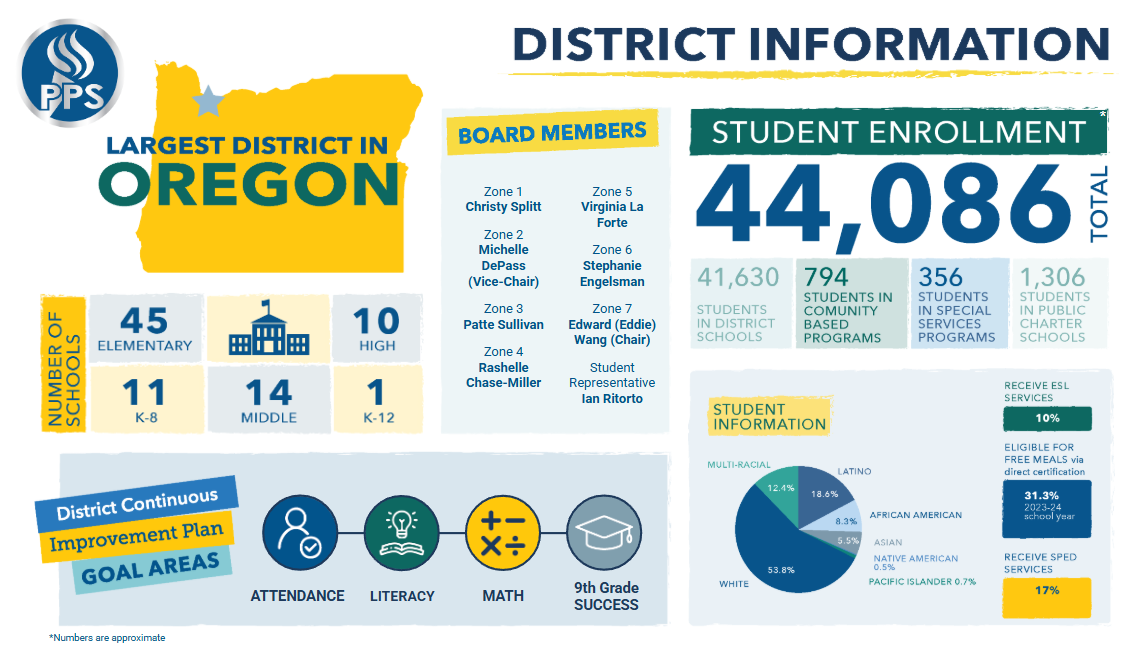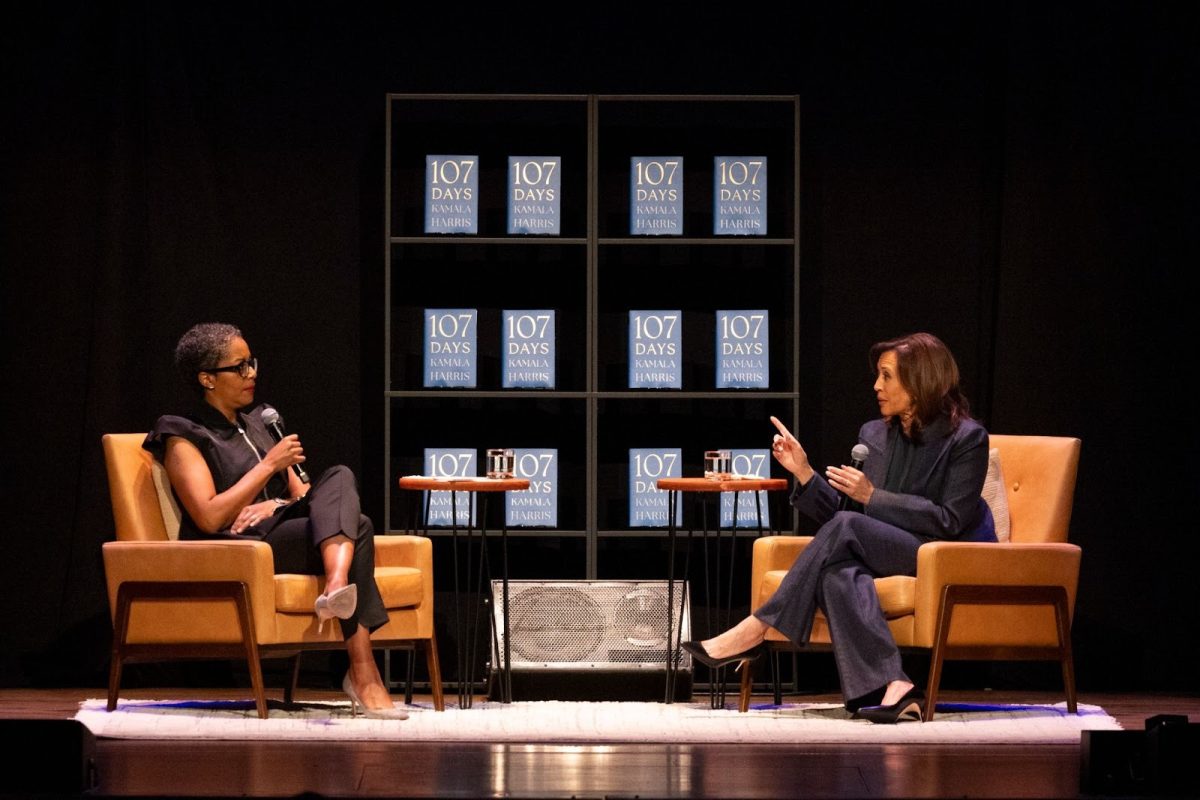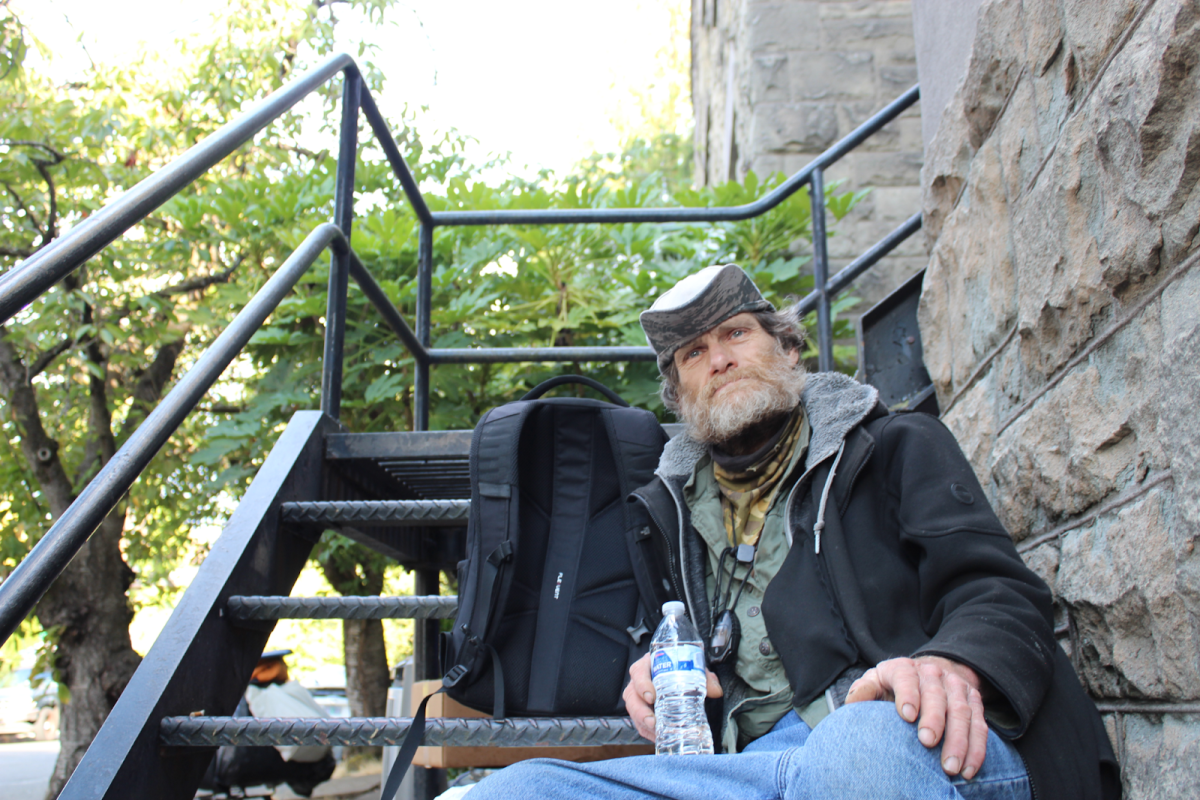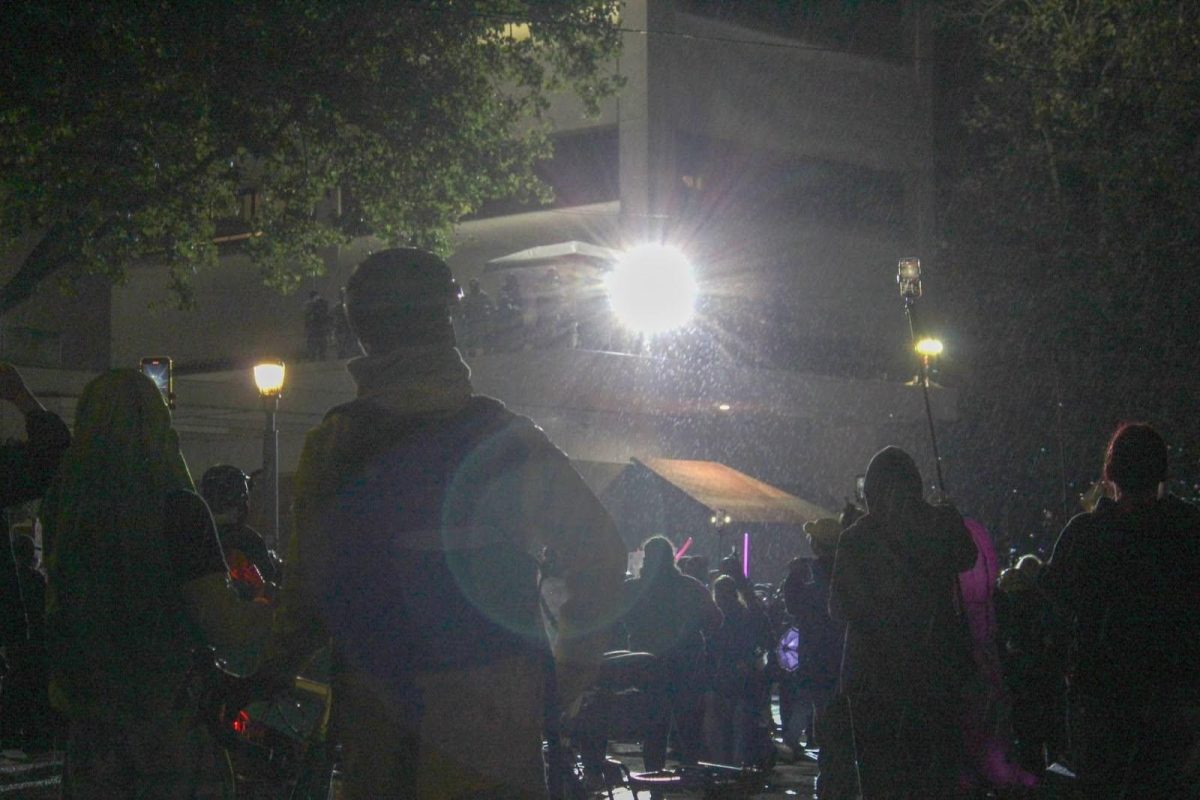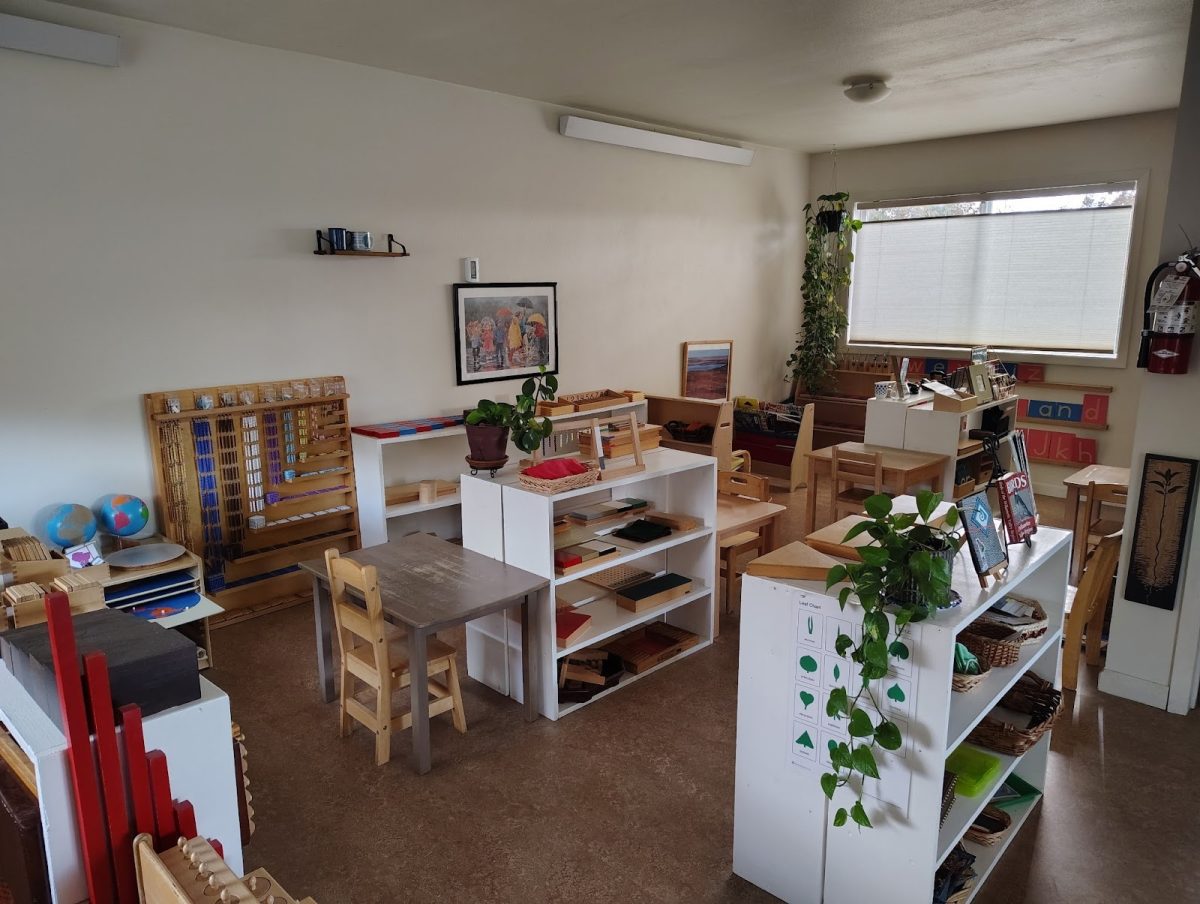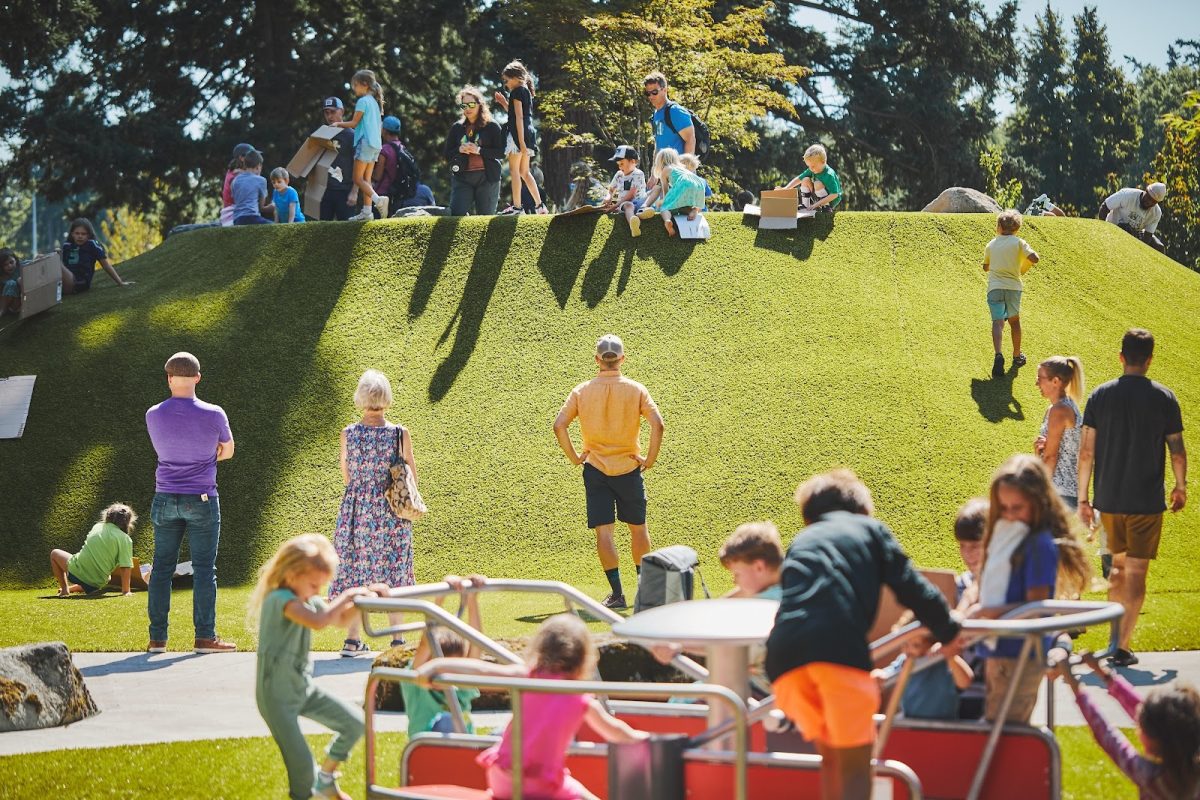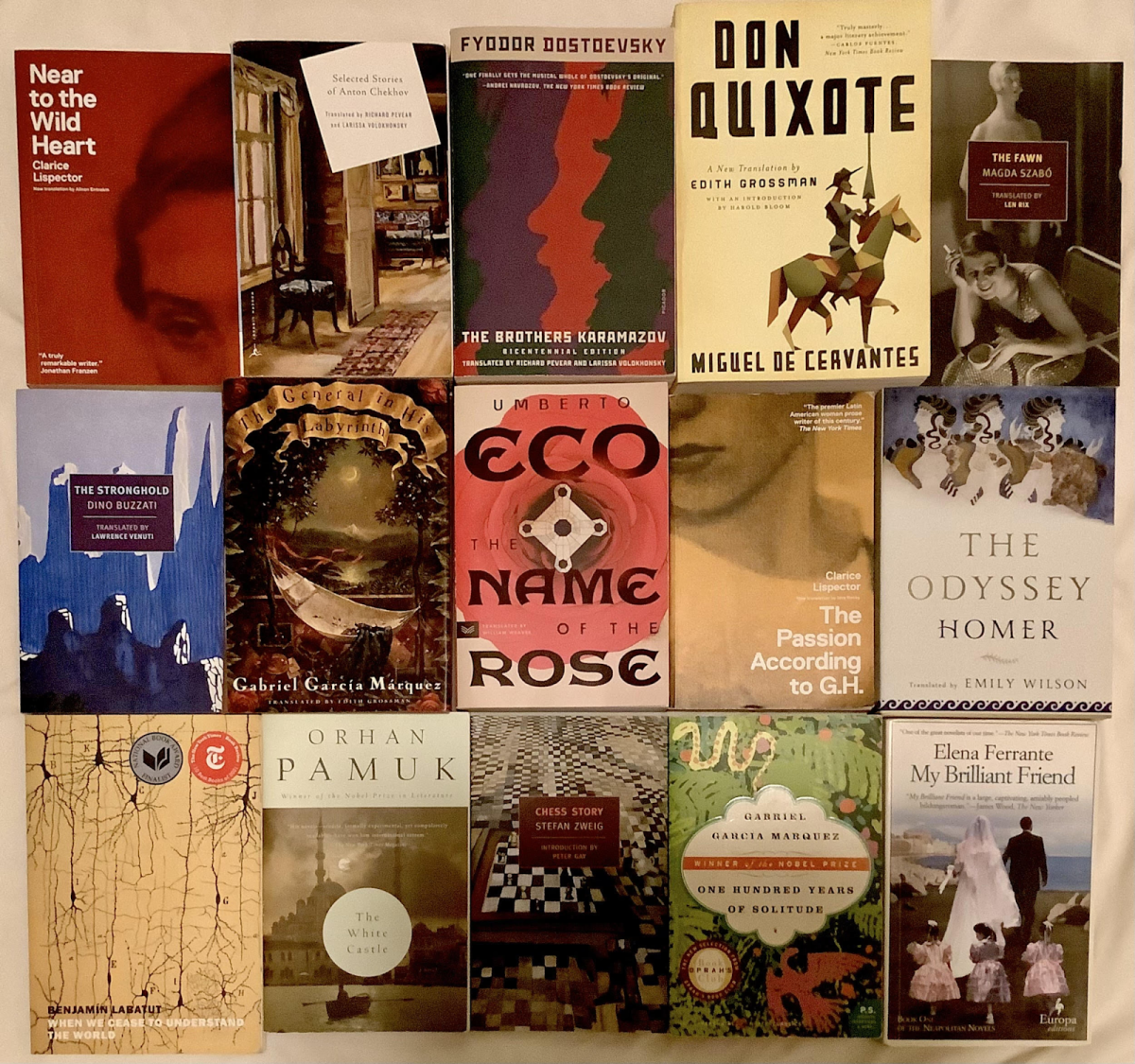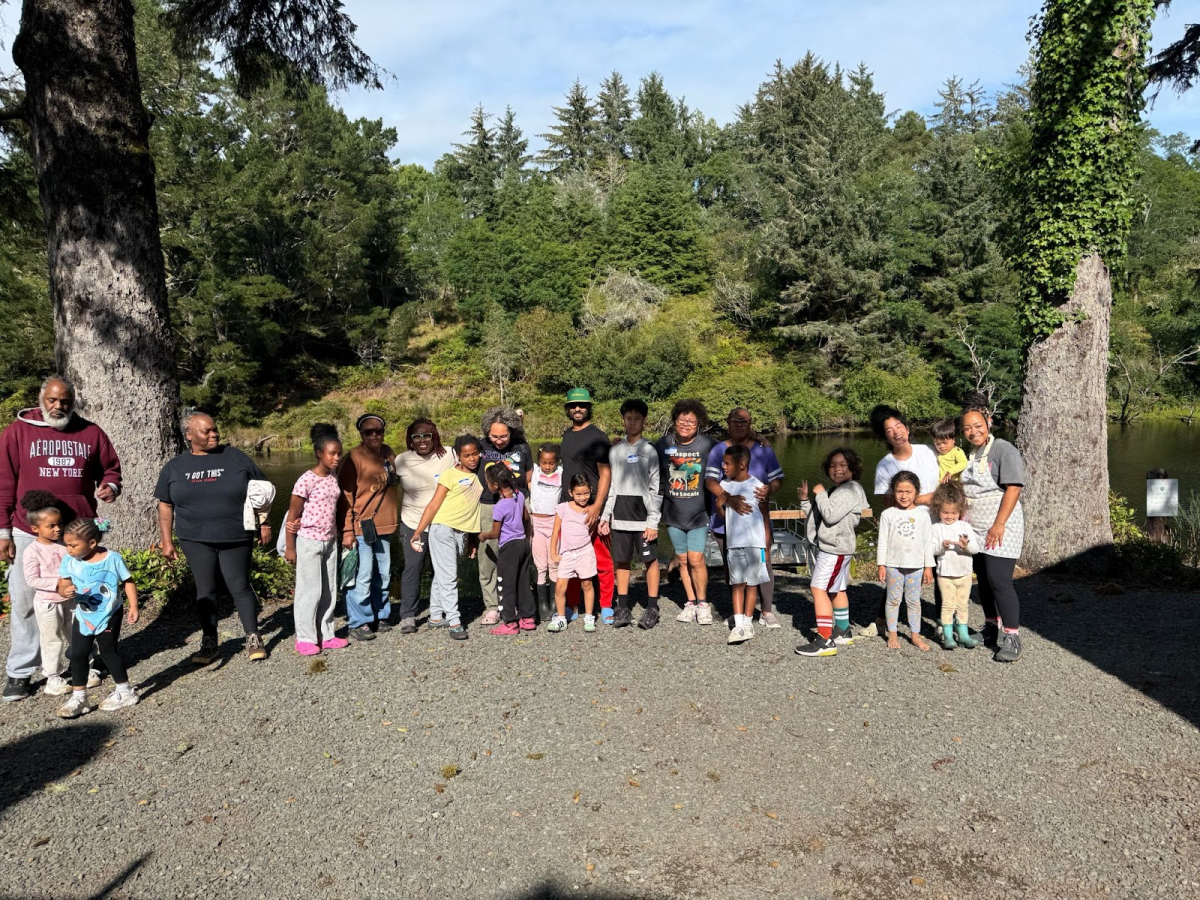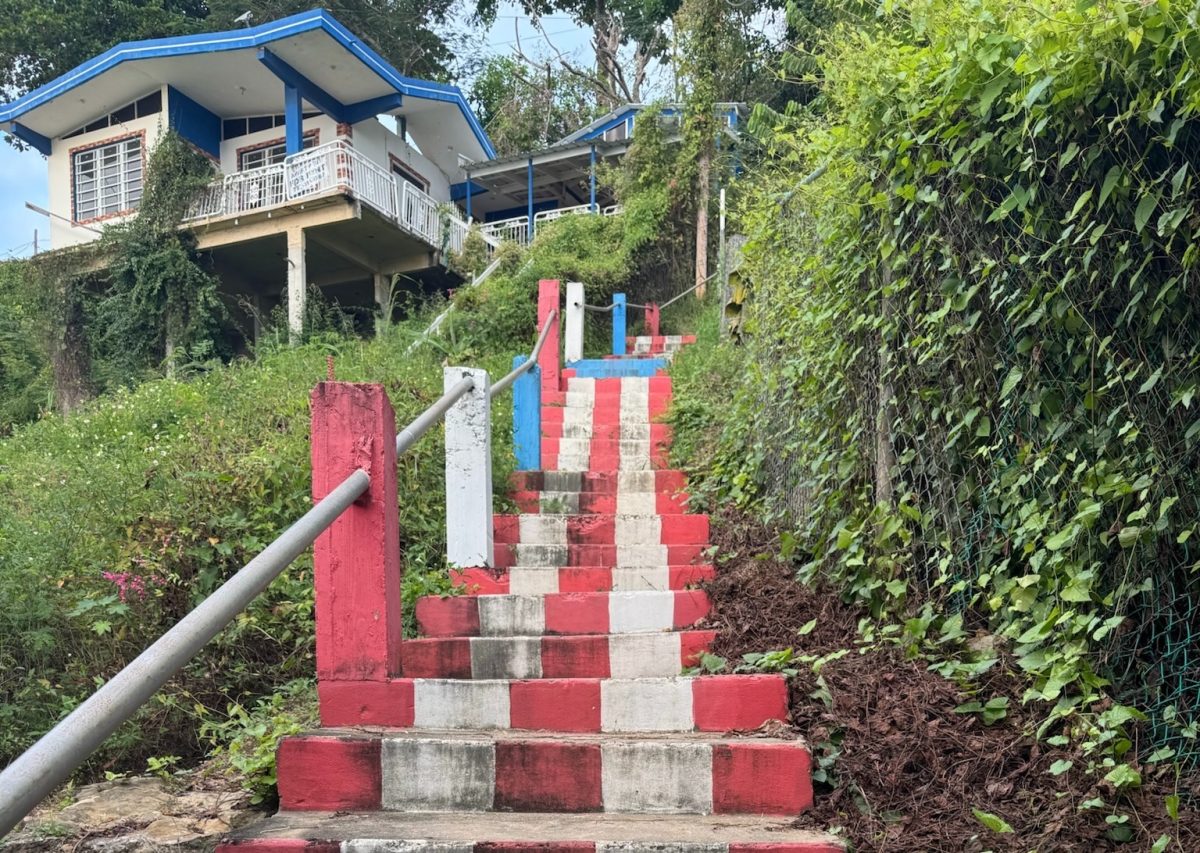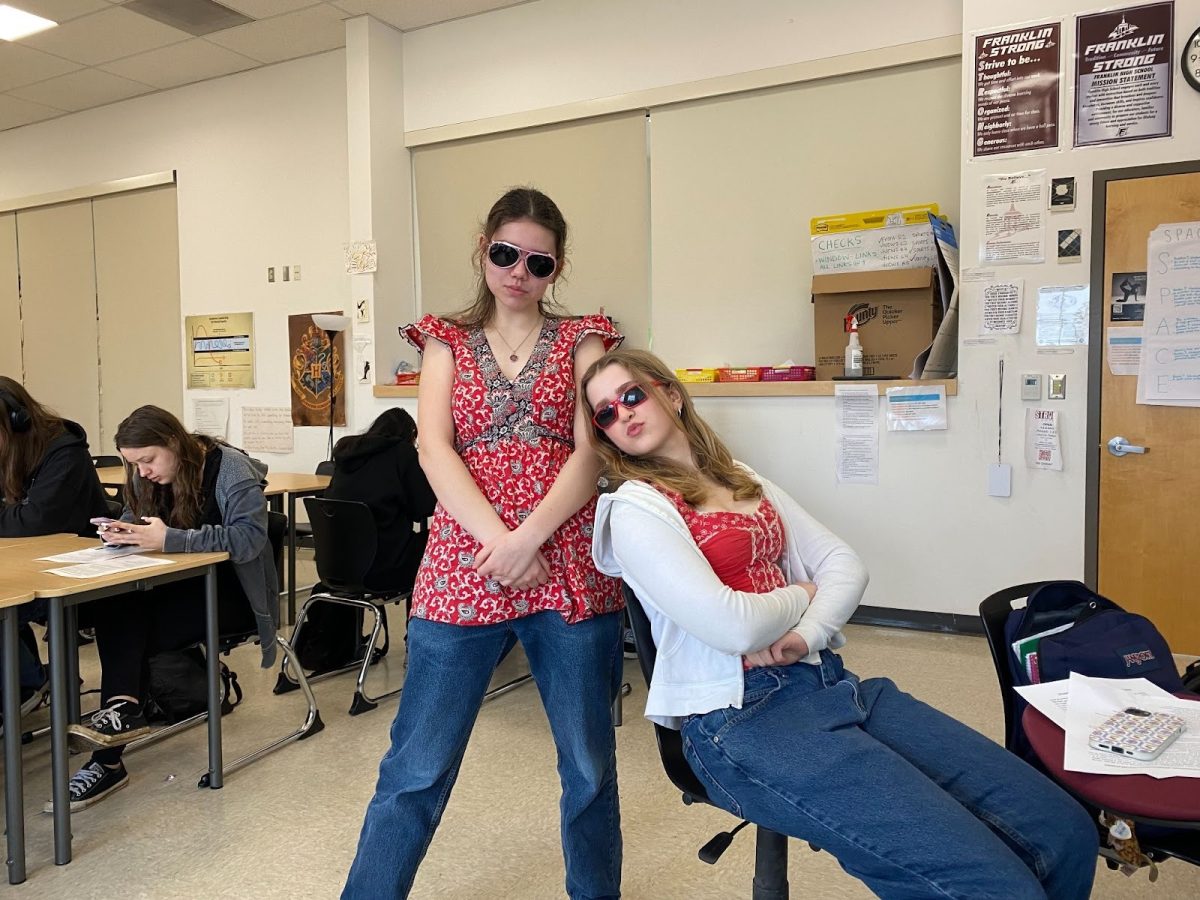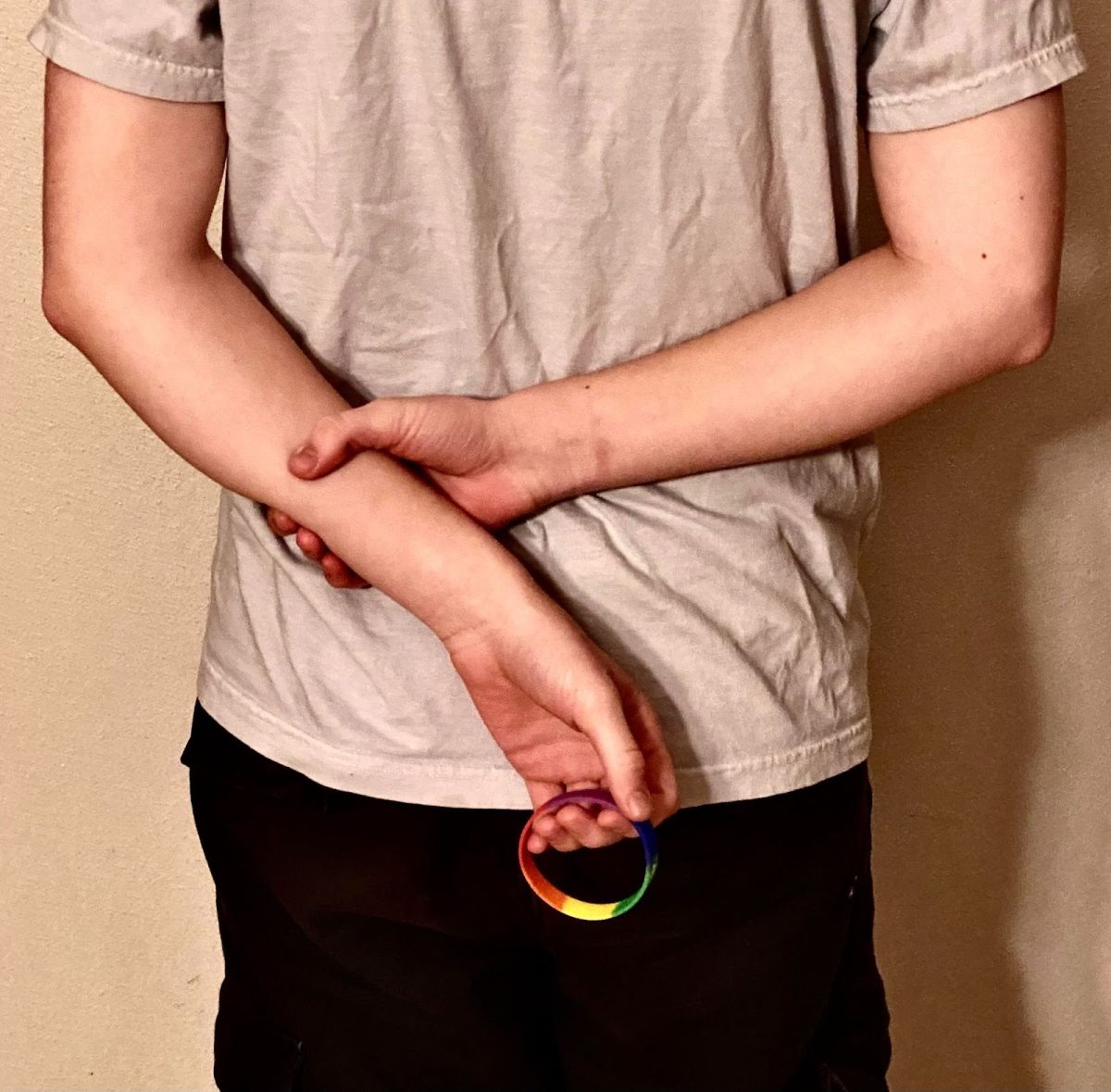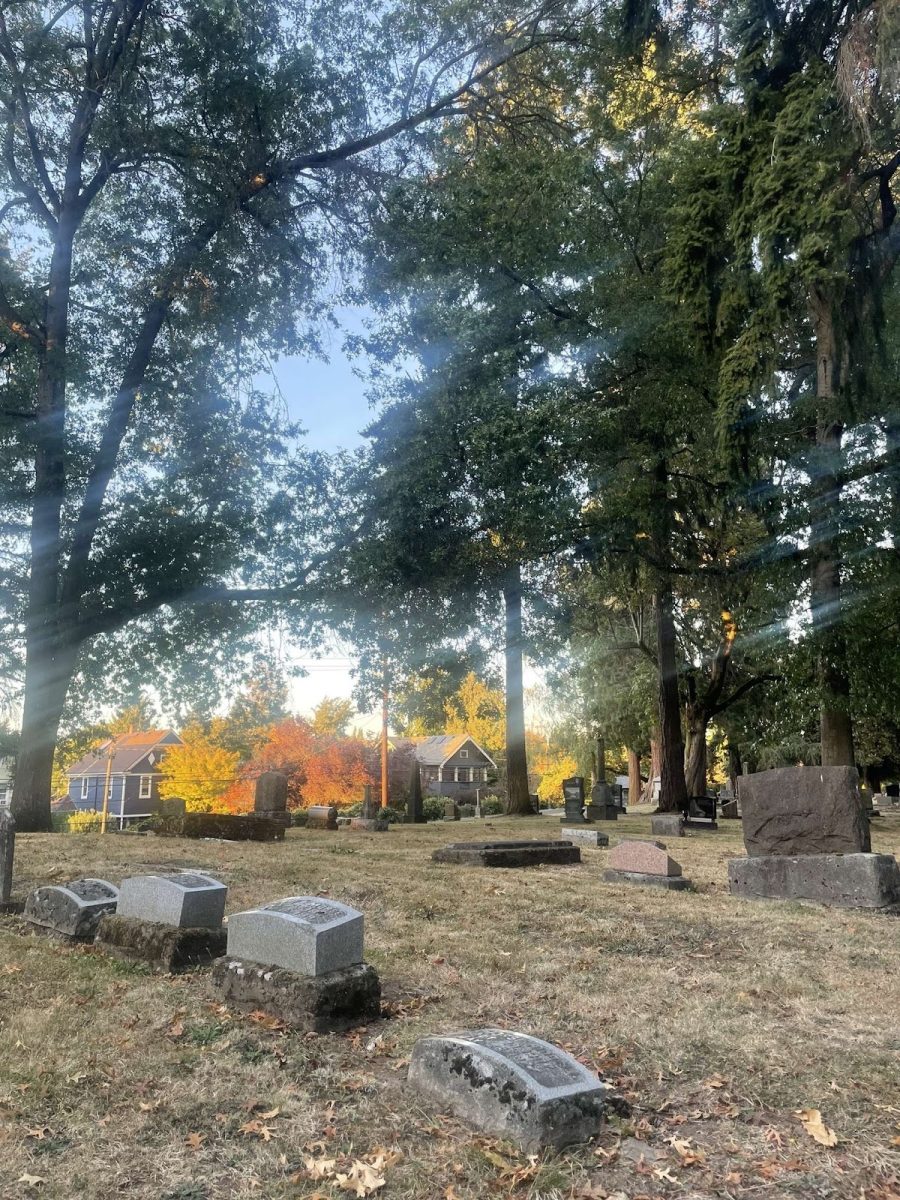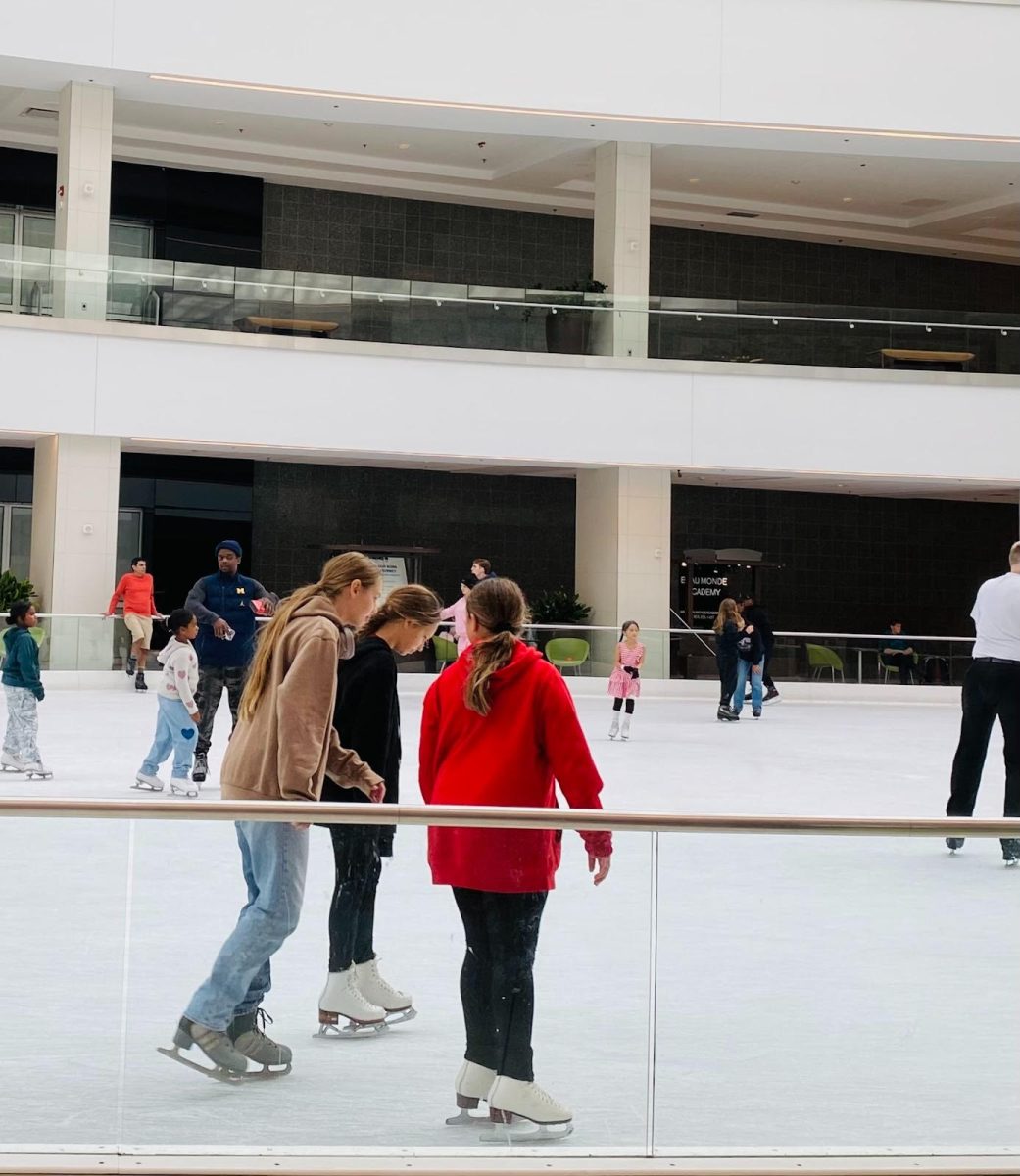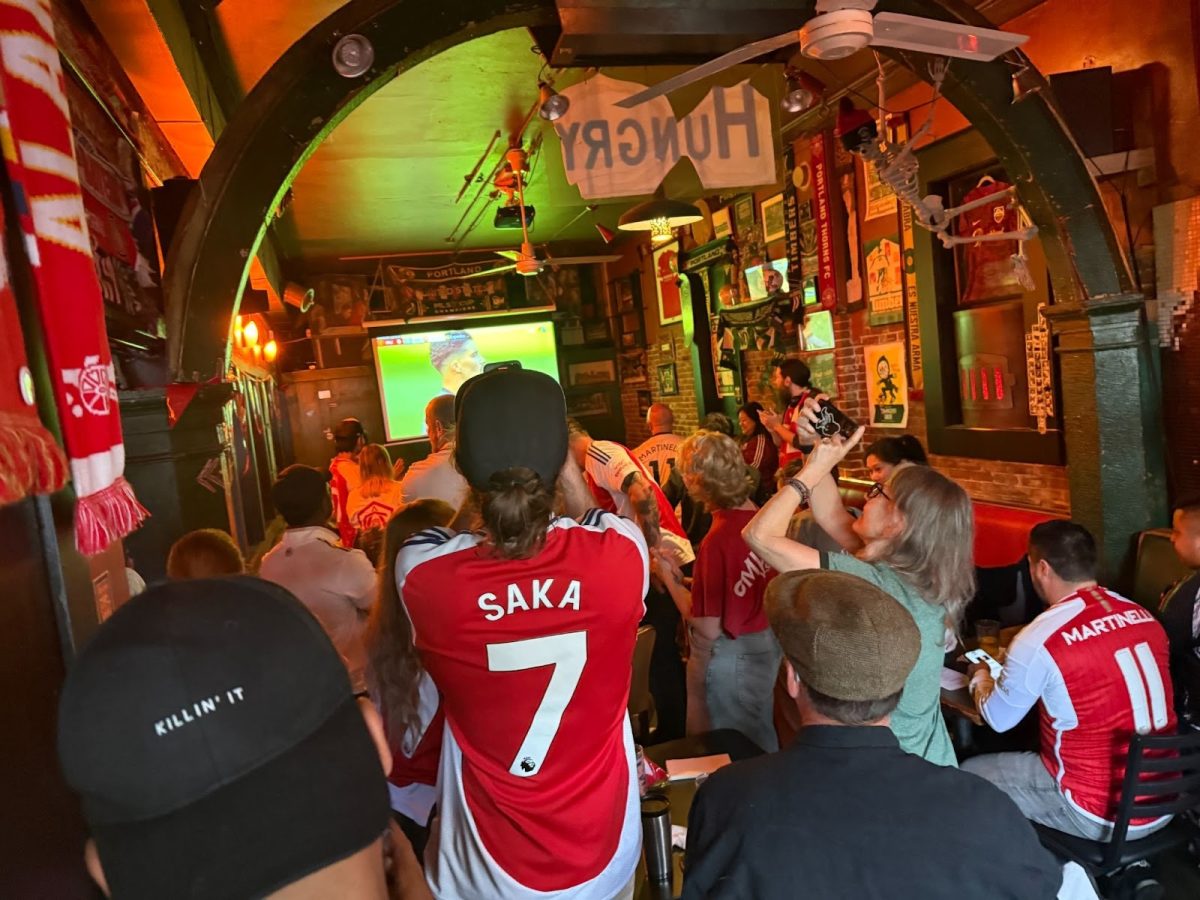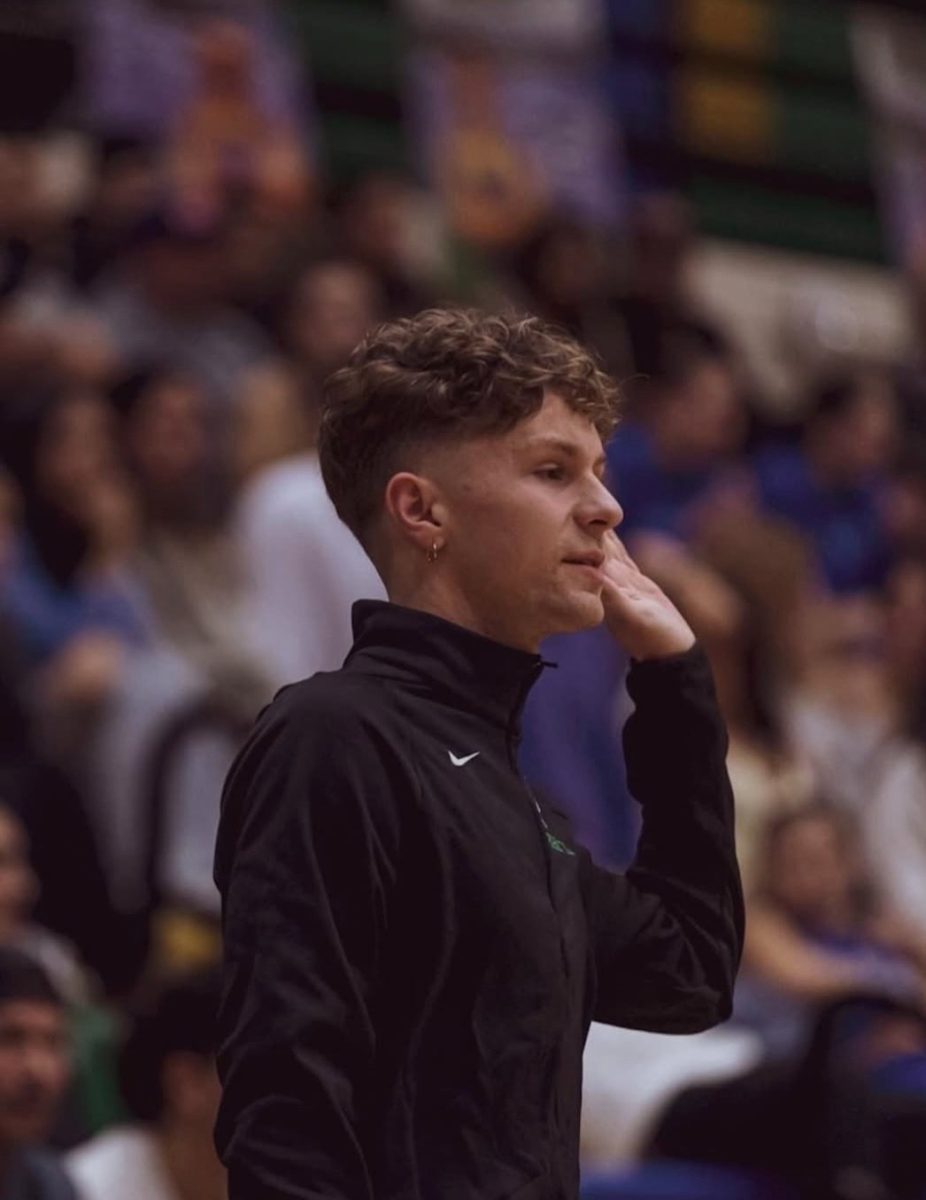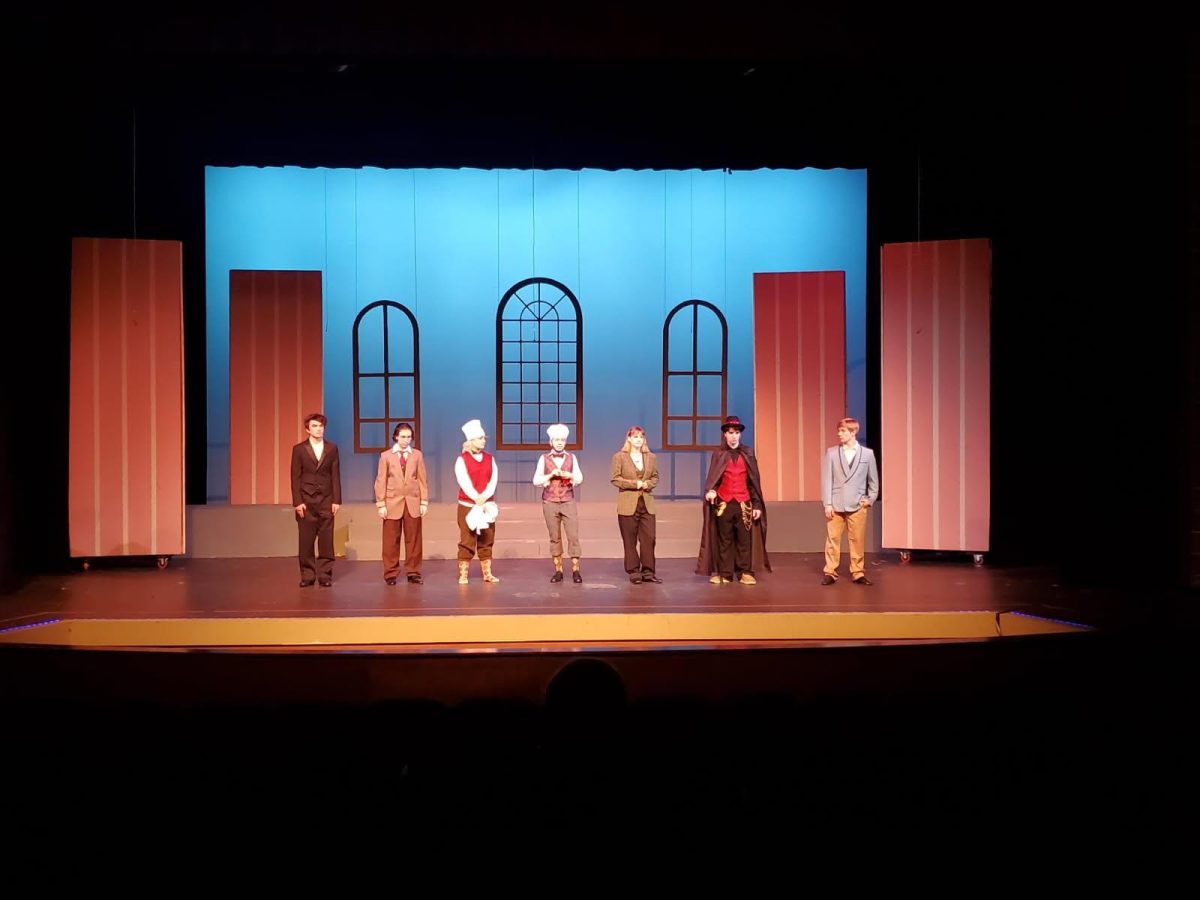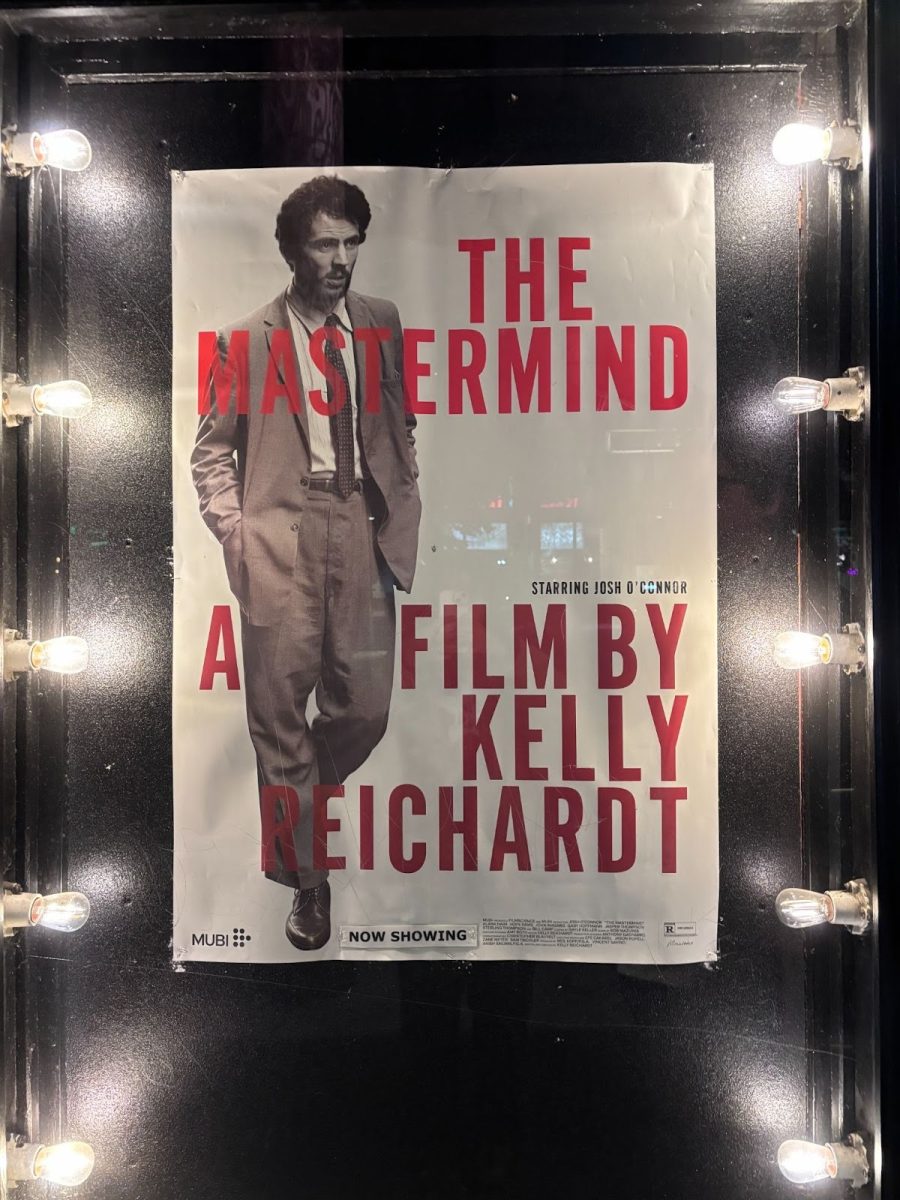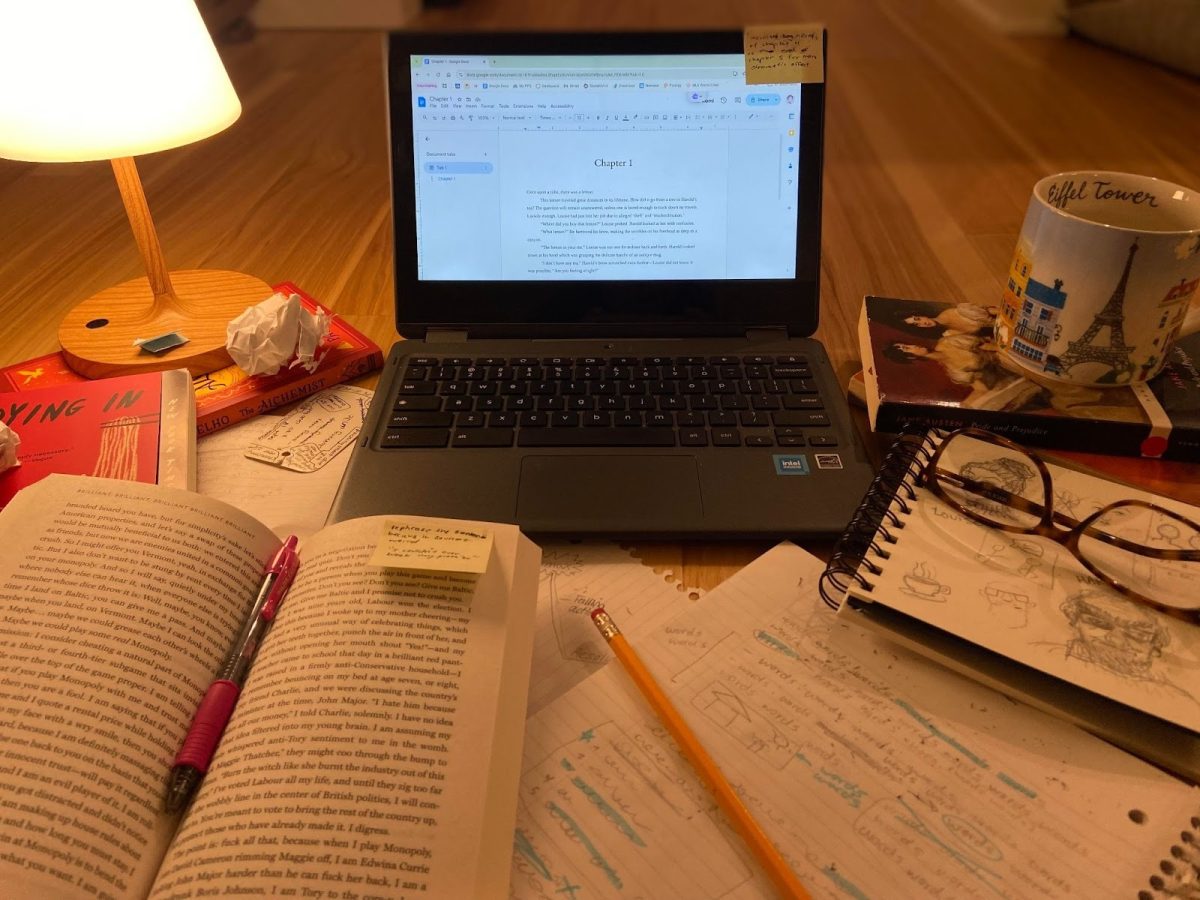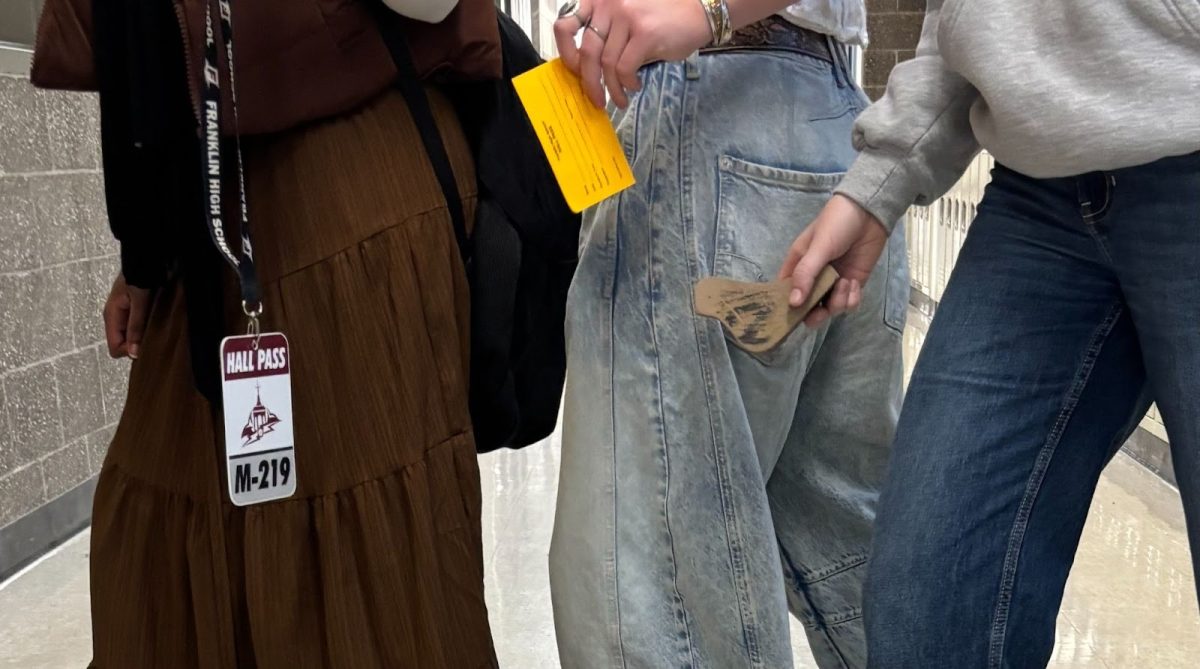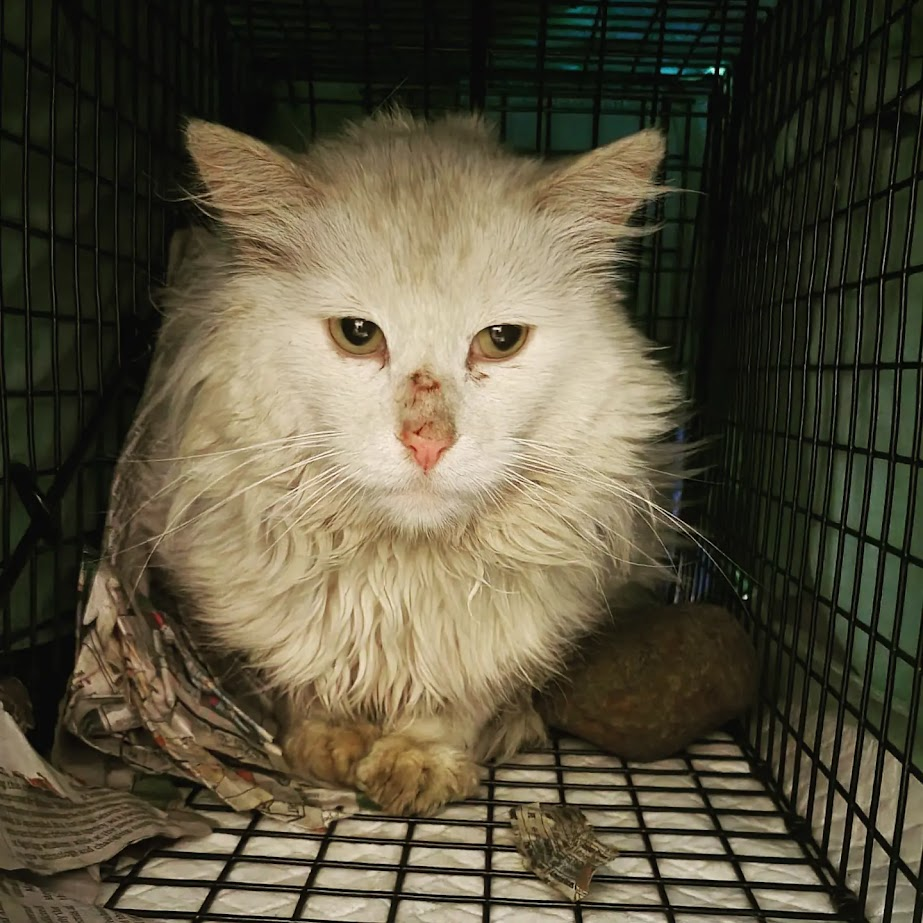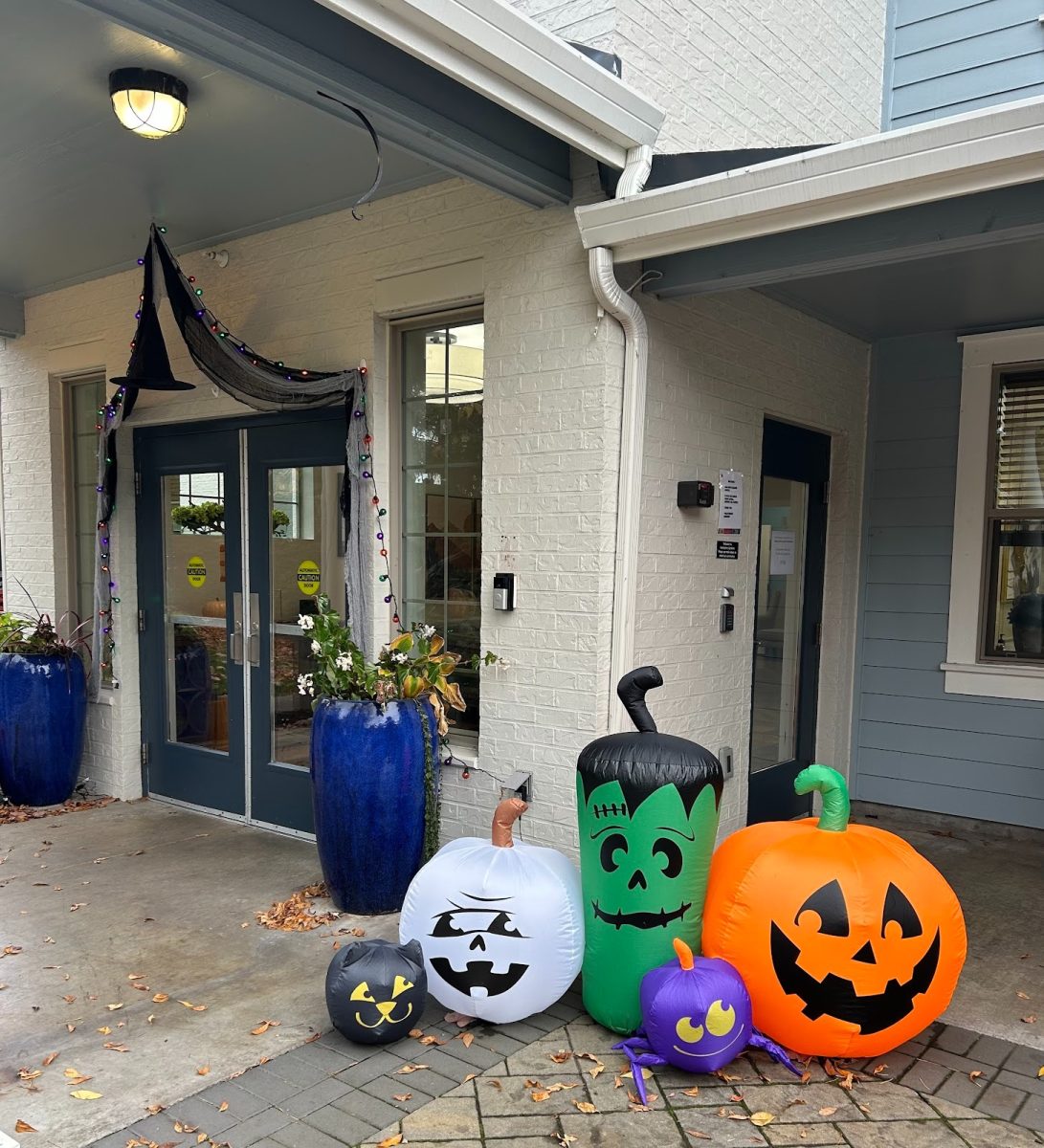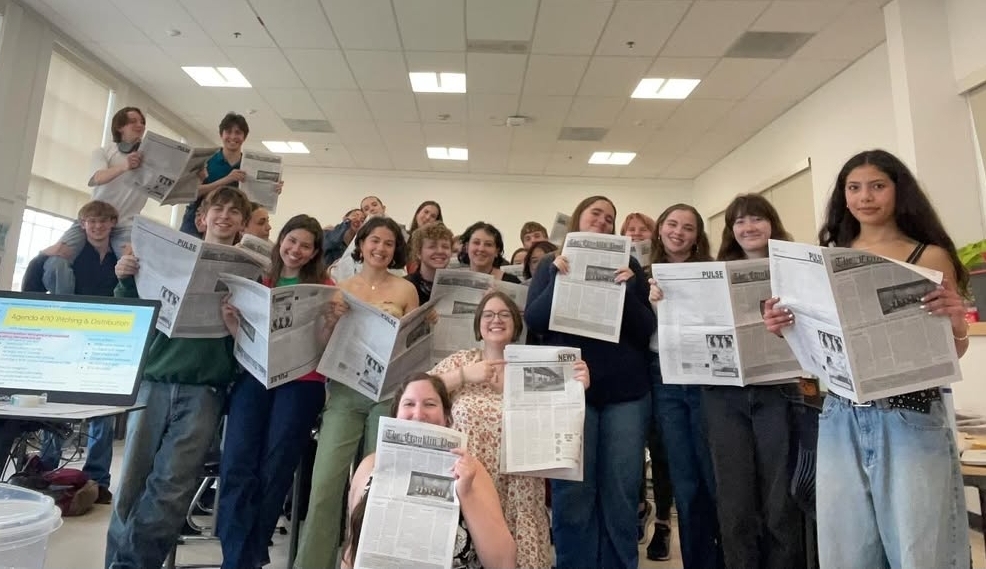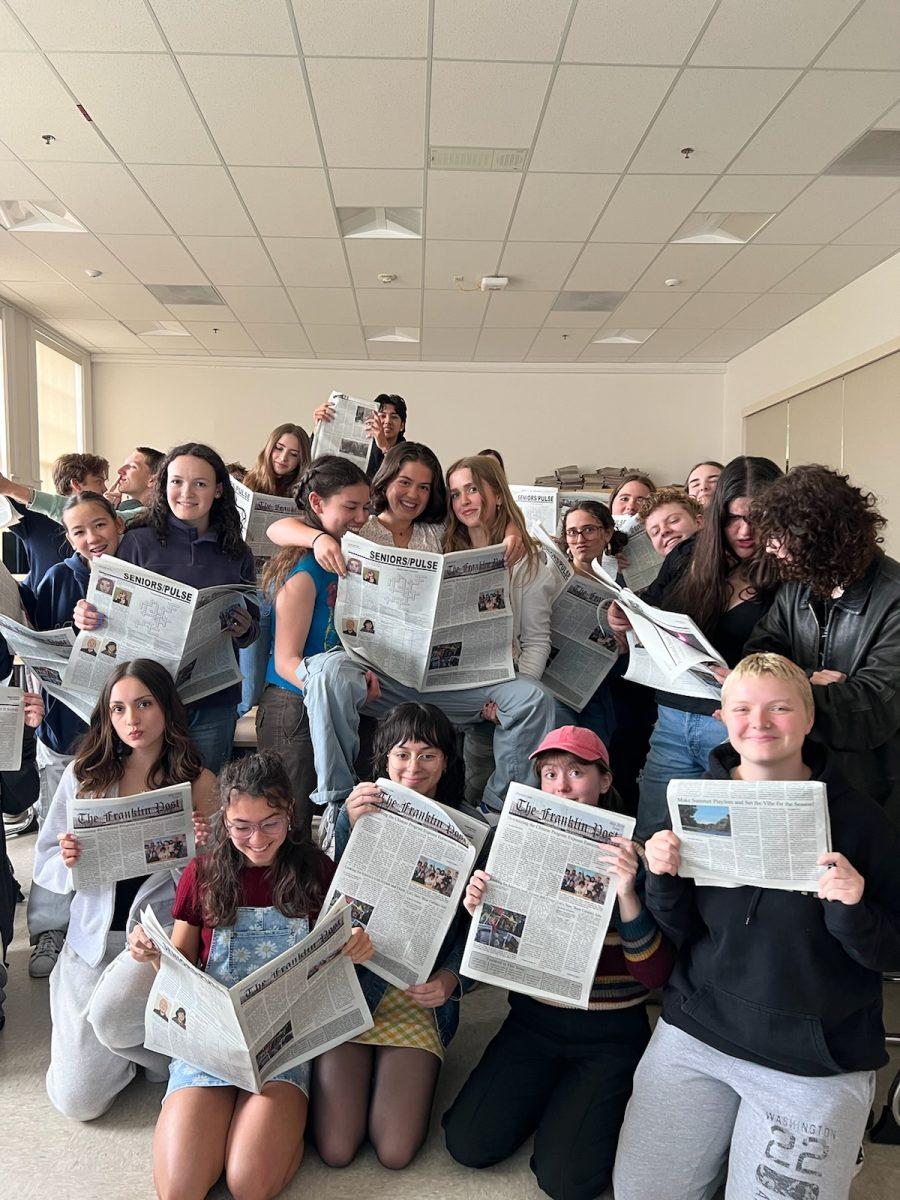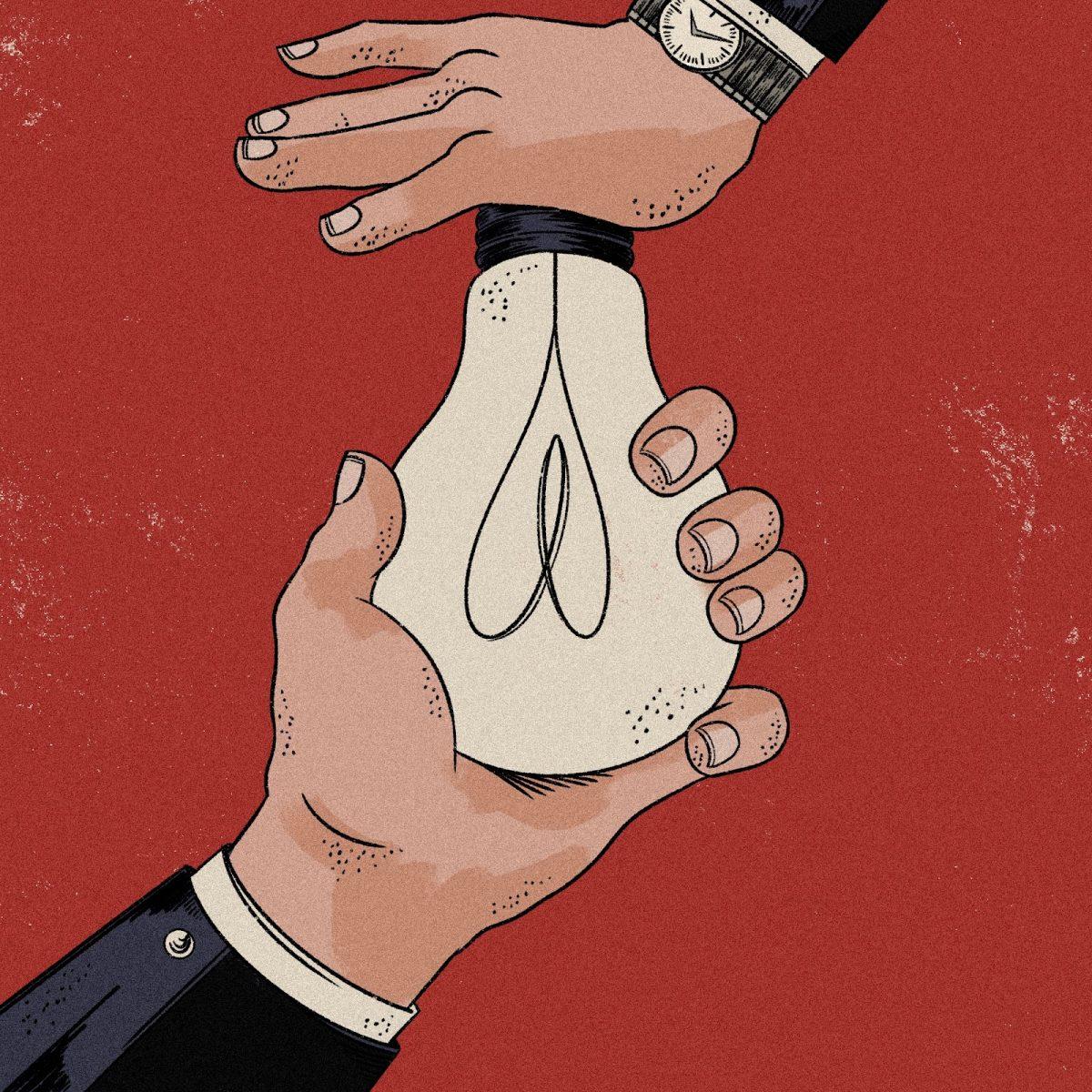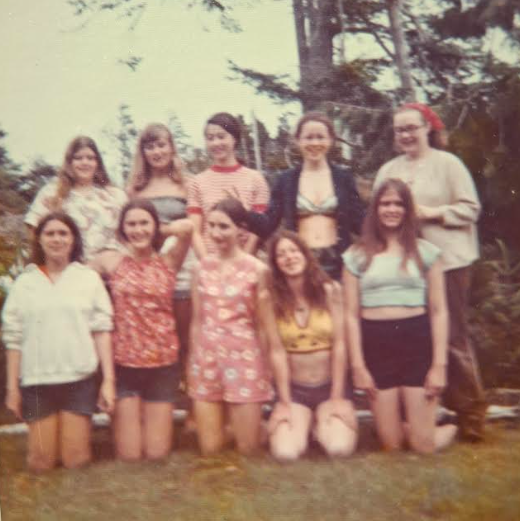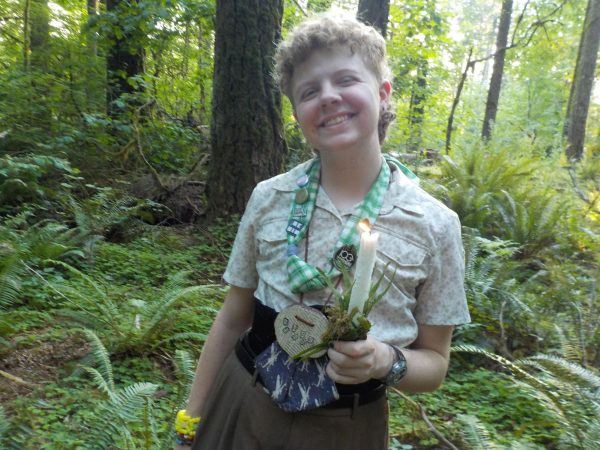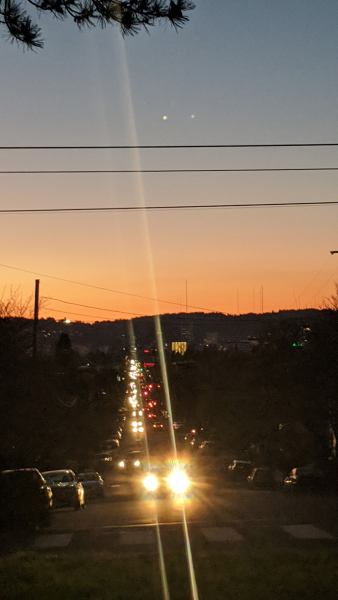
Content Warning: Discusses violence from law enforcement.
From being one of the most prejudiced and racist cities west of the Mississippi River to the entirety of Oregon becoming a sanctuary state, Portland and the state at large have changed drastically throughout the years. To close off the series, this issue of “A Brief History of Portland” will discuss civil rights movements — where they’ve come from and where they will go. Most of the events of various civil rights movements happened simultaneously; this article will focus on one movement at a time, starting with the long fight for racial equity, then feminist movements, and lastly the fight for gay rights.
Portland’s fight for more civil rights for Black residents was spearheaded by Dr. DeNorval Unthank, Edwin C. Berry, several local ministers, and some members of the Sleeping Car Porters Union. Dr. Unthank was a physician who moved to Portland in 1929. After relocating to Portland, he was forced to move several times due to harassment by white neighbors until he was eventually able to settle with his family in Southeast Portland, becoming the only Black physician in Portland when physician James A. Merriman moved to Arizona in 1931. The start of the Great Depression encouraged him to expand his practice and give care not just to Black Portlanders but also to Asian Americans and white people. According to the Oregon Encyclopedia, “By the time of his retirement, about half of Unthank’s patients were white.”
Using the trust he had built within his community, Dr. Unthank started to speak out about the discrimination that he and other Black Americans faced. “In 1940, he led a group called the Emergency Advisory Council, which sought to force local government to provide equal opportunity to wartime employment and business contracts,” states the Oregon Encyclopedia. Following this, he also became the first Black American to join the Portland City Club, one of the oldest civic organizations in Oregon; co-founded the Portland Urban League, one of Oregon’s oldest civil rights and social service organizations; and was the President of the Portland chapter of the National Association for the Advancement of Colored People.
Dr. Unthank didn’t just inspire change socially; he was also involved in government. He served as a member of the Committee for Equal Rights and the Council of Social Agencies, helping to create Oregon’s Civil Rights Bill — all while continuing his practice as a physician. Dr. Unthank would go on to receive many awards and dedications for his work. Among these, the Oregon State Medical Society named him Doctor of the Year in 1958 and the City of Portland dedicated DeNorval Unthank Park to him — which is located on North Shaver Street between Haight and Kerby Avenue.
The late 1940s and early ‘50s of Portland marked several significant attempts at political change for people of color in Portland. In 1950 Mayor Dorothy Lee’s Committee on Inter-group Relations started holding hearings for any discriminatory practices that occurred in Portland. Even with some progress toward racial equality, an ordinance failed to pass in the late 1950s that would outlaw racial discrimination due to people who feared the idea of Black Americans moving into their neighborhoods. However, in 1953 with the help of the Urban League, Portland’s Black community was able to pass Senate Bill (SB) 169 — Oregon’s Civil Rights Bill — that outlawed racial discrimination in public places.
Despite this win, there was still a long way to go and the fight for racial equality was certainly not over. Redlining — the discriminatory practice of withholding financial services to Black residents — became very common during the early 1930s. Many Black Americans were displaced from their homes due to gentrification. Because of redlining, they were unable to purchase houses outside of a few neighborhoods. This lack of choice in turn created a region of primarily Black neighborhoods throughout Portland, called Albina, which encompasses various communities and is located in North and inner Northeast Portland.
1967 had over 150 of what officials at the time called “race riots” across the U.S., most notably in Portland was the Albina Riot. On July 30, 1967, Black Portlanders gathered in Irving Park in Northeast Portland and formed a political rally against the treatment of Black people by police. This rally turned into a two-night-long riot that ultimately cost over $20,000 in damages. On the second night, as soon as violence started, Governor Tom McCall called in the National Guard to keep on standby, but their forces weren’t needed. After this riot, there were no notable changes to the treatment that Black Portlanders faced, and, according to Portland State University professor Darrell Millner in an interview with Oregon Public Broadcast (OPB), “There was another riot that occurred, basically in the same place for the same reasons in 1969.”
Over the past few years, there has been an increase in Portland citizens who have begun protesting once again for change. The Black Lives Matter (BLM) movement picked up momentum in the summer months of 2020, sparked by the murder of George Floyd that occurred in Minneapolis in May of 2020. Quickly after his death, downtown Portland became a hub of social activism, where many marches and protests took place.
An OPB article describes the timeline of this movement in Portland, explaining that at the start of June, the Portland Police Bureau (PPB) used tear gas to fight back against protestors. One week later, a federal judge issued an order that limited the PPB’s ability to use such forces, saying that it went against citizens’ fourth amendment rights. Later, in early July, federal officers started assisting the PPB with the protestors, firing pepper balls at protestors. One night, protesters began using fireworks as weapons, firing them into the federal courthouse around 11 p.m.. Federal officers then filled the courthouse entryway with tear gas and set off flashbangs to disperse the protesters.
On July 11, 26-year-old Donavan LaBella was shot in the head by a rubber bullet. He developed frontal lobe syndrome and went to court, ultimately receiving $7.65 million in settlement from the U.S. Department of Justice. It was at this time that officers began arresting people, putting them into unmarked vans, and taking them to the federal courthouse. Throughout this period, President Trump publicly praised federal law enforcement, stating, “Portland was totally out of control. … We very much quelled it. If it starts again, we’ll quell it again, very easily. It’s not hard to do.”
In contrast, on July 16, former governor Kate Brown told OPB that the federal officers present were only making things worse in the city. However, former Department of Homeland Security Acting Secretary Chad Wolf told Fox News that the federal government would continue to have a presence in Portland despite the local backlash.
The so-called “summer of rage” Portland hosted lasted for nearly 100 days, causing $1.6 million in damages to the federal courthouse and an unknown amount of injuries during the riots and police response. Years later, the lasting impacts of the BLM protests are still seen today. At Franklin, the main hallway now includes a BLM flag along with a queer inclusivity flag. Even in Portland’s neighborhoods, the BLM advocacy is still standing on lawn signs, posters on windows, stickers on cars, and even shirt pins.
Civil rights was and still is a broad social movement that didn’t only cover the fight for racial equity but also included women’s struggles to close the gender pay gap and have equal access to jobs, healthcare, and more. For decades, women have advocated and protested for the right to get abortions. Oregon became one of the first states to legalize abortion when in 1969 Oregon SB 193 was passed, permitting abortion in the cases of disability of the baby, if it was conceived by rape, or if pregnancy would pose a danger to the mother’s physical or mental health. When the legal protection for American women to be able to access abortions got removed with the overturning of Roe V. Wade in 2022, within hours at least 2,000 people in Portland marched together in protest, according to KGW. The march started at the waterfront and tracked its way to Lownsdale Square downtown.
In March 2017, following President Trump’s election for his first term in office, at least 100,000 people flooded downtown Portland. This was one of the largest protests in Oregon history. Residents advocated against many of Trump’s policies, specifically protesting against someone they believed to have hurt so many women.
Even this year, Portland has shown its willingness to protest when the most recent march for women’s rights happened on March 11, 2025. Protestors showed up with signs encouraging people to continue fighting for not just women’s rights, but the rights of every minority. The hundreds of people present also held anti-Donald Trump and anti-Elon Musk sentiments, with signs saying things like “Make America Think Again,” a play on words of the President’s slogan “Make America Great Again.”
Another aspect of civil rights was the fight for queer rights. When it became a state, Oregon adopted a statute that criminalized sodomy — oral or anal sexual intercourse — which in 1913 had a maximum punishment of 15 years in the state penitentiary. This law was rescinded in July of 1971, but it wasn’t until 1974 that Portland adopted some protections for queer individuals in the workplace.
Queer culture in Portland was restricted so heavily in the early 1900s that by the time major cities in surrounding states — such as Seattle, Los Angeles, and San Francisco — had started their own acts of civil uprising for gay rights in the 1960s, the few gay bars in Portland still had to hire attorneys to protect them from being forced to close down by city officials. This would only last until 1970 when the queer community started to advocate for themselves in the newspaper The Willamette Bridge. According to an article in the Oregon Encyclopedia, The Willamette Bridge is “a counter-culture newspaper that began in 1968 and carried news about Vietnam, the Black Panthers, Students for a Democratic Society, rock concerts, alternative lifestyles, and the environment.”
Unfortunately, the fight for gay rights in Oregon would be briefly stalled in 2004 when Ballot Measure 36 was passed, making it so that the Oregon state constitution only recognized marriage as between a man and a woman. Later, in May of 2014, Oregon allowed for same-sex marriage to be recognized after a U.S. federal district judge ruled that the 2004 amendment violated Oregon residents’ constitutional rights. This legalization was a year prior to it becoming legalized nationally.
Trump’s second term as president has also marked significant changes for those in the queer community. Portlanders and Oregonians are provided more community support and legal protections due to being a blue city in a blue state. However, nationwide, trans individuals are being impacted by executive orders removing acknowledgment of transgender identities and reducing access to gender-affirming care for youth; the entire queer community in America, whether or not they are directly impacted, are feeling the effects of this new legislation. Since his 2024 election, Dan Rayfield, Oregon’s current attorney general, has published a statement on the Oregon Department of Justice website, stating, “I want to make it clear that we stand with every transgender person in our state.” He finishes his statement by highlighting that “Oregon is a place where everyone, regardless of their gender identity, deserves to live with dignity and respect.”
Various lawsuits have been taken against President Trump following his second term in office. When Trump passed an executive order that would block gender-affirming care for individuals under the age of 19, Rayfield joined a lawsuit with other states against this action, stating that the order is “cruel and baseless.”
This is the final issue in “A Brief History of Portland,” but it does not mark the end of any of the events and advocacy still occurring in our day and age. It is important to look back at the history of our cities and our states, finding what worked for those in similar circumstances and hope for the future.
